Kaitaia
North Island
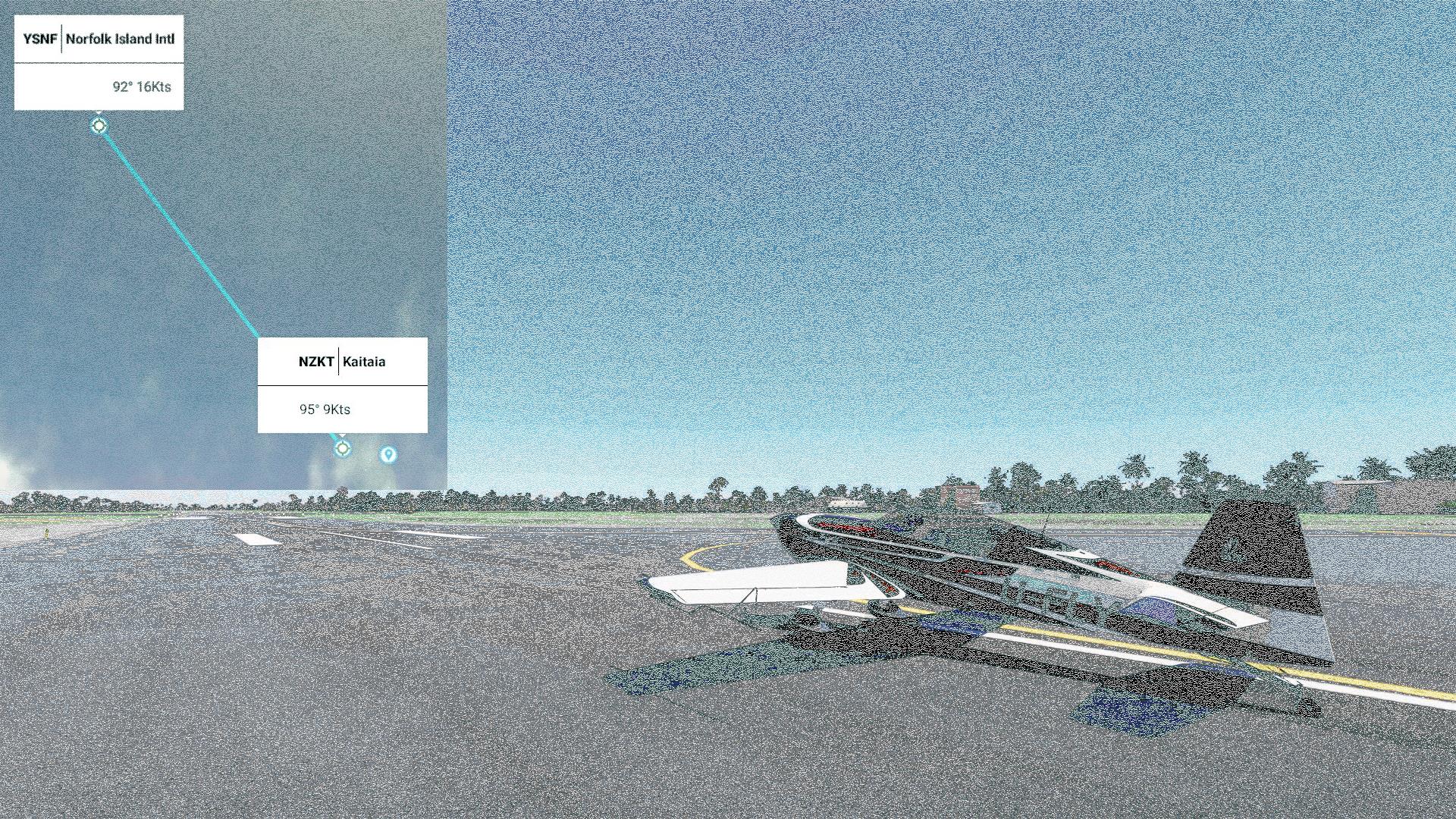
A lovely day for a water crossing. Like yesterday, it'll be around three hours of nothing but the big blue.
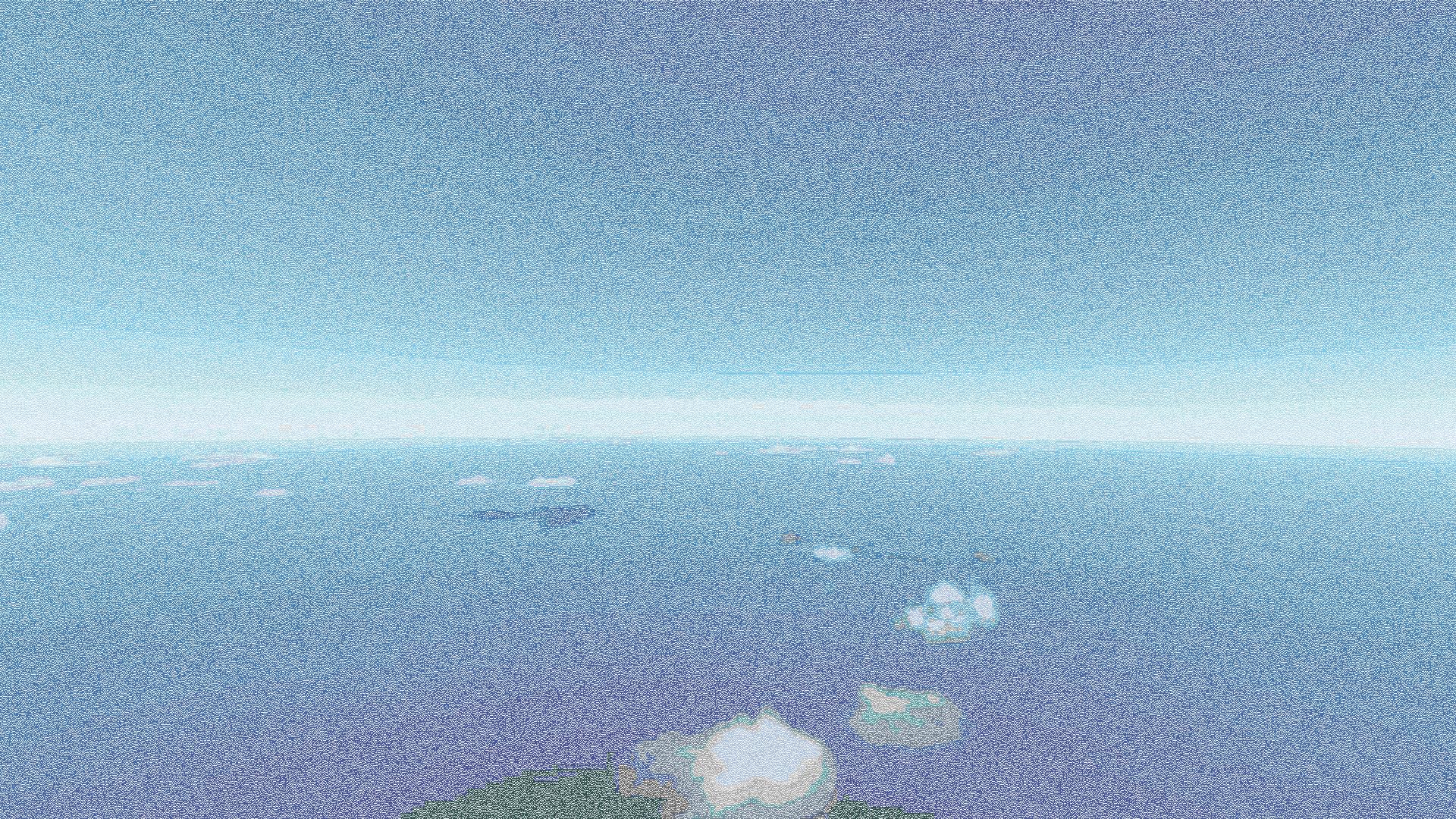 Time for the autopilot I believe.
Time for the autopilot I believe.
|
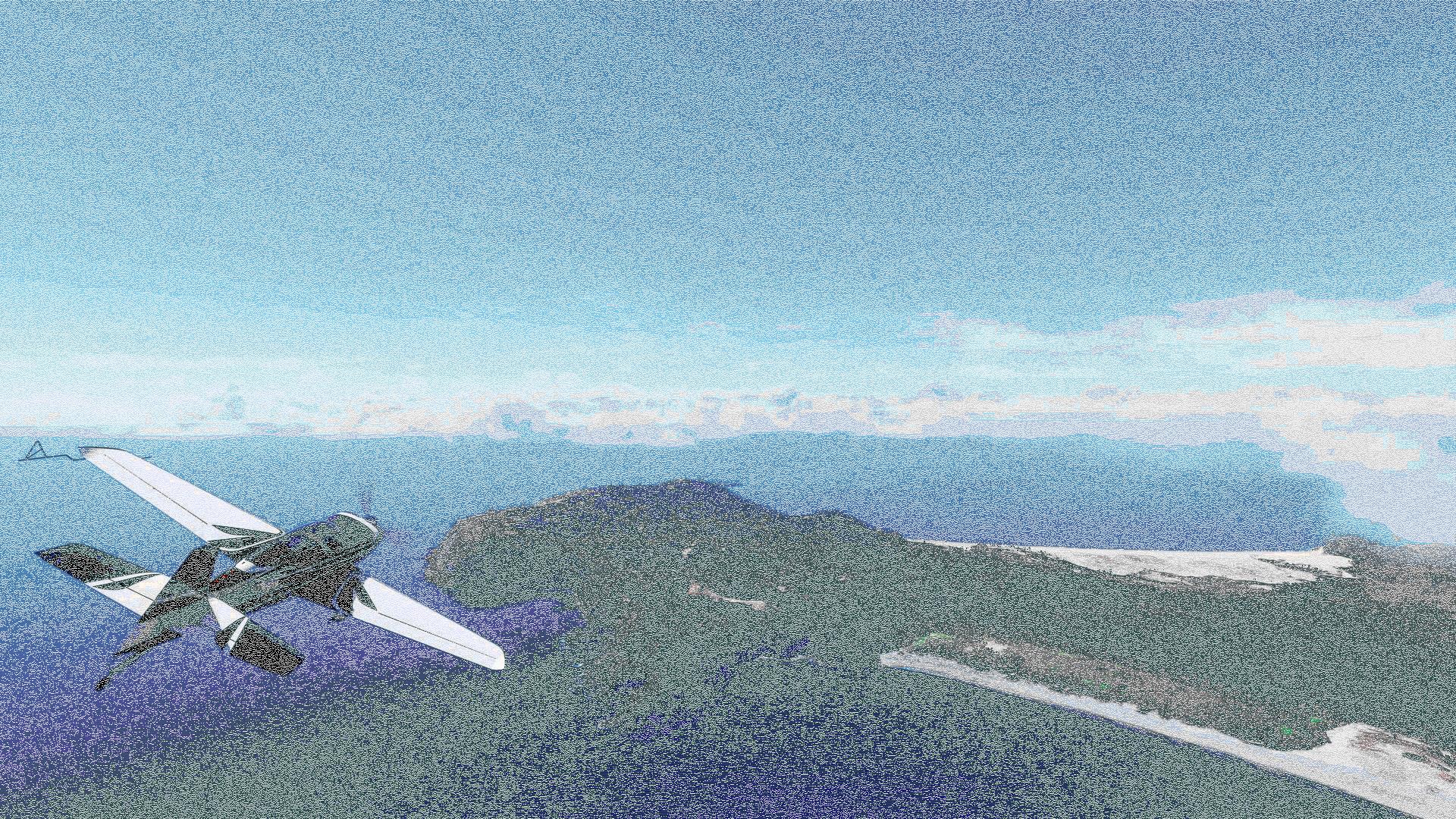 Finally. We won't get nearly so wet now if the motor gacks. North Cape, a colourful name coined by James Cook when he sailed past. Really should be Cap-Surville since Jean-François-Marie de Surville was here a few days before Cook. The cliffs are named the Surville cliffs at least. Of course, those are European names. The area is owned by the Māori, who call it Otou on the northern end of the Aupouri Peninsula and access is to be gained through them, although only as far as the beachy bit, the Waikuku Flat, not the actual cliffs.
Finally. We won't get nearly so wet now if the motor gacks. North Cape, a colourful name coined by James Cook when he sailed past. Really should be Cap-Surville since Jean-François-Marie de Surville was here a few days before Cook. The cliffs are named the Surville cliffs at least. Of course, those are European names. The area is owned by the Māori, who call it Otou on the northern end of the Aupouri Peninsula and access is to be gained through them, although only as far as the beachy bit, the Waikuku Flat, not the actual cliffs.The actual point, and the cliffs, are a Department of Conservation reserve and are separated from the flats by an electrified fence to keep the possums, pigs, horses and people away from the point. The point used to be a marine volcano. The volcano itself is long gone, but its 'bones' remain in the form of the eroding serpentised peridotite mafic rocks, which is fancy talk for a unique environment. There are some plants here which are only to be found in this one area, Surville Cliffs Bastard Grass among them, hence the aggressive protection. The reason the volcanic island is now a point is due to the build up of sand over the eons. This created a tombolo, making Otou a tied island. Time to head south. |
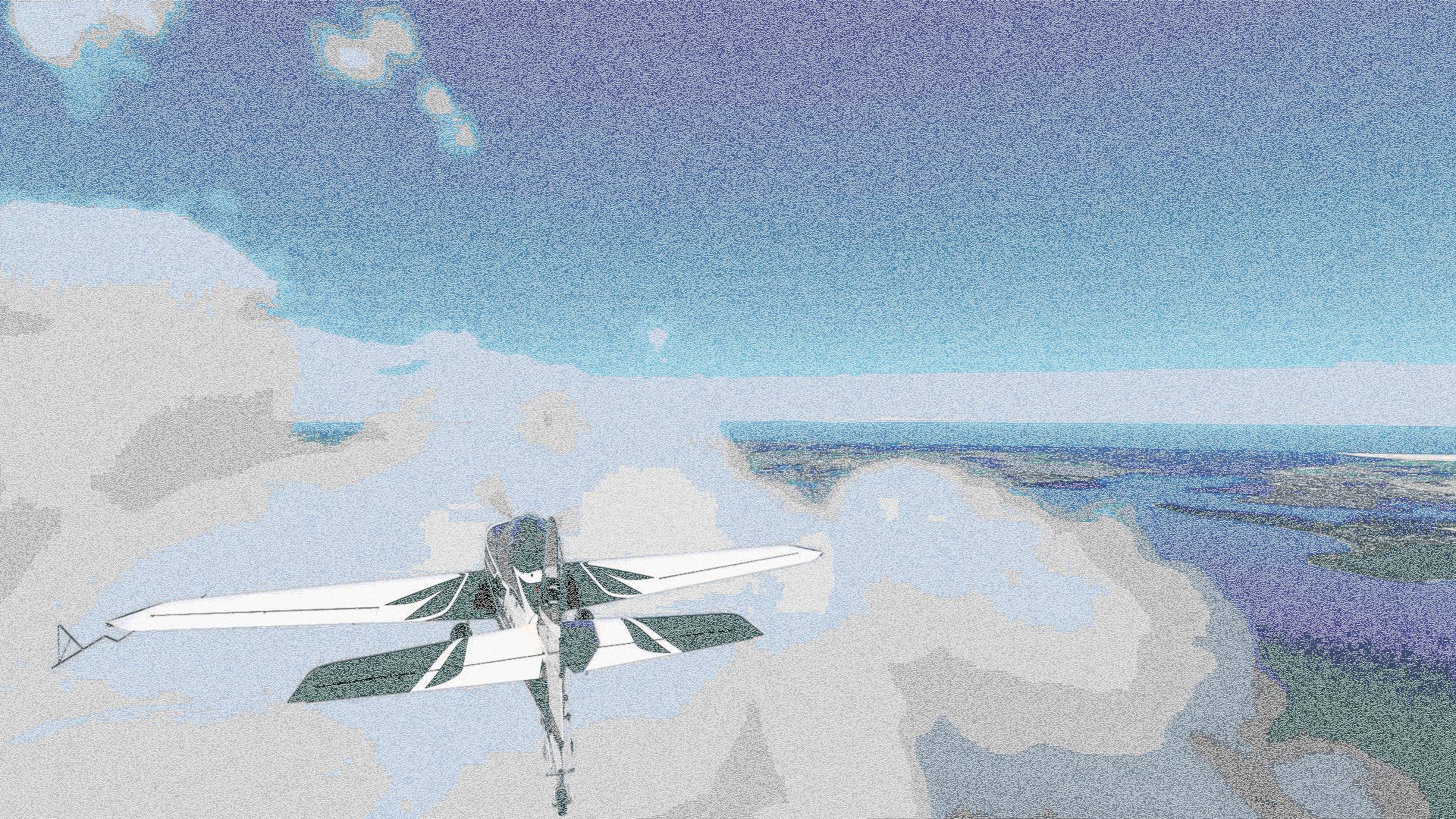 The Parengarenga Harbour, and off to the right, Te Hāpua, the most northerly community in Enzed. Officially 84 people live there, although it's really more like 200. Almost as many horses as people walking the streets.
The Parengarenga Harbour, and off to the right, Te Hāpua, the most northerly community in Enzed. Officially 84 people live there, although it's really more like 200. Almost as many horses as people walking the streets.
|
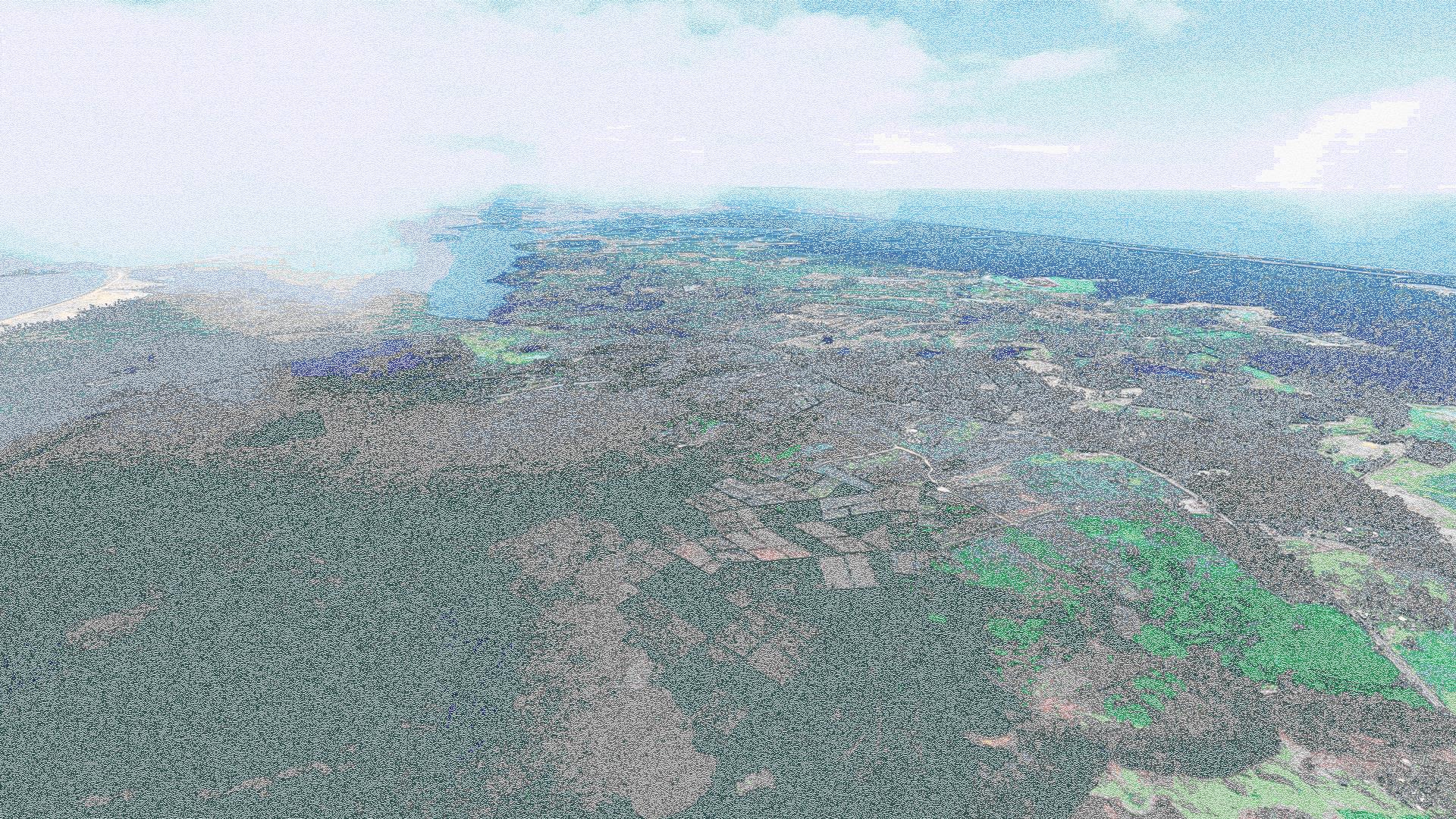 Agriculture is responsible for most of New Zealand's trade. It is the only developed country to have no form of protectionism on its agriculture industry, so agriculture here is totally exposed to the vagaries of the world market (although the government invests in infrastructure which is an indirect subsidy for farmers).
Agriculture is responsible for most of New Zealand's trade. It is the only developed country to have no form of protectionism on its agriculture industry, so agriculture here is totally exposed to the vagaries of the world market (although the government invests in infrastructure which is an indirect subsidy for farmers).Pastoral farming is the big thing, with beef predominating to the north, dairy in the middle and sheep everywhere else. New Zealand also produces a lot of kiwis. Go figger. |
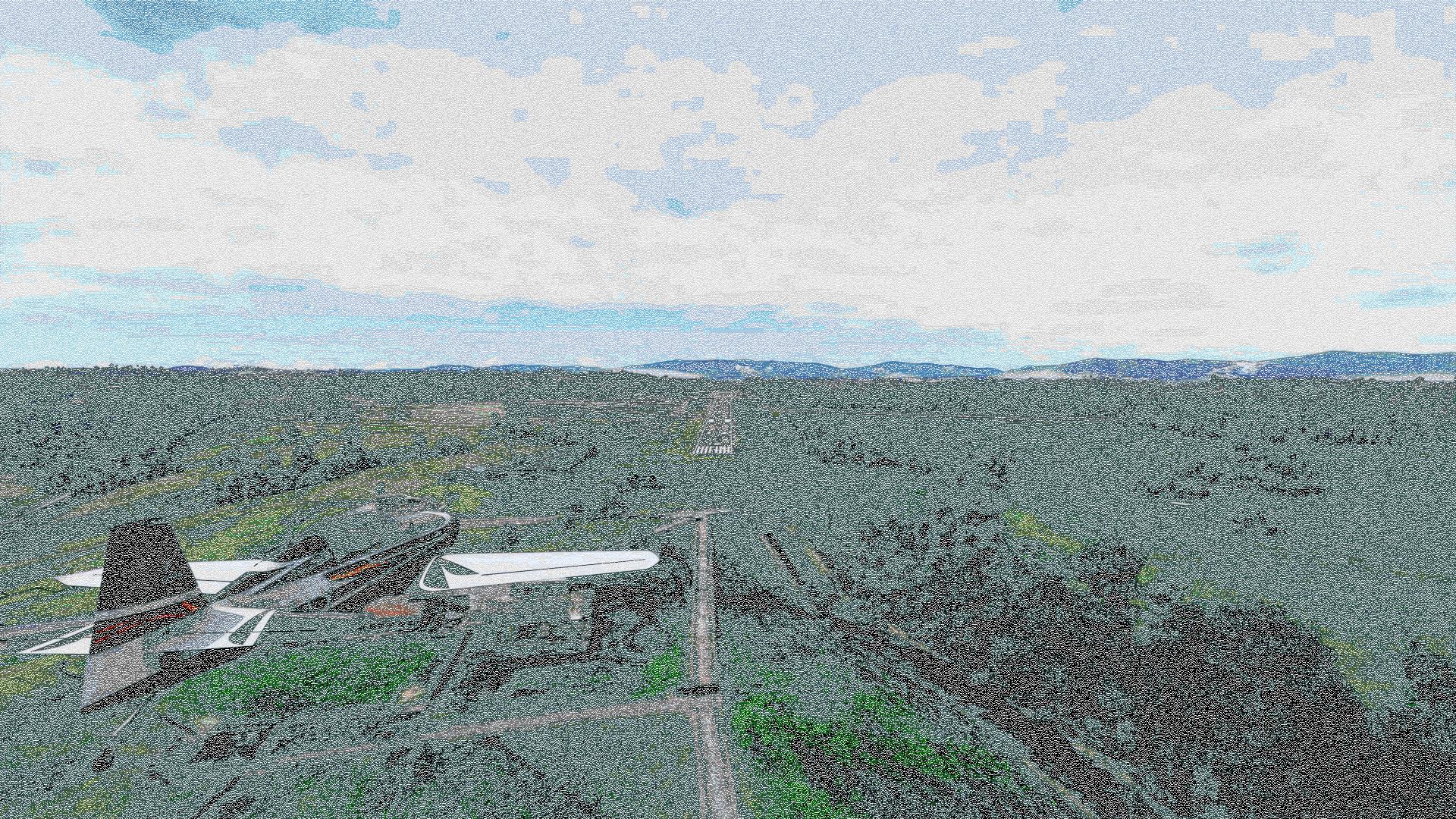 And here we are in Kaitāia, known as the gateway to the far north and a good spot to rent a car to drive on the ninety mile beach. Just don't tell the rental company what you're doing. The ninety mile beach is technically a road but also technically a beach, and insurance is dodgey.
And here we are in Kaitāia, known as the gateway to the far north and a good spot to rent a car to drive on the ninety mile beach. Just don't tell the rental company what you're doing. The ninety mile beach is technically a road but also technically a beach, and insurance is dodgey.So that's it for the night. Time to go find the local Marae, the Māori meeting house. There's one in every community. Once we're there, someone inside will challenge us. He will be carrying a taiaha, a six foot long cross between a sword and a quarter-staff. If he likes our faces he will invite us inside and lay a small branch on the floor in front of us. If we pick it up then we are indicating we are here in peace and not looking for a fight. Then an older woman will call to us and invite us onto the marae grounds. It is sad there isn't a woman on the plane, because one is then required from the visitors to call back as we enter the marae grounds, and then sit, women in front, men in the back. As we make this entrance we will be remembering our ancestors who are no longer with us. Once we are all seated, women in front, men to the rear, guests facing hosts, the oldest men in the two groups will make speeches and we'll all sing songs. Then we'll give our hosts gifts. After all of this, we will greet each other with a touch of our noses. Then we share food. Then and only then are the visitors allowed to ask where the bathroom is. Come on guys, we've been in the air for four hours and then this long welcoming ceremony. I mean really. |